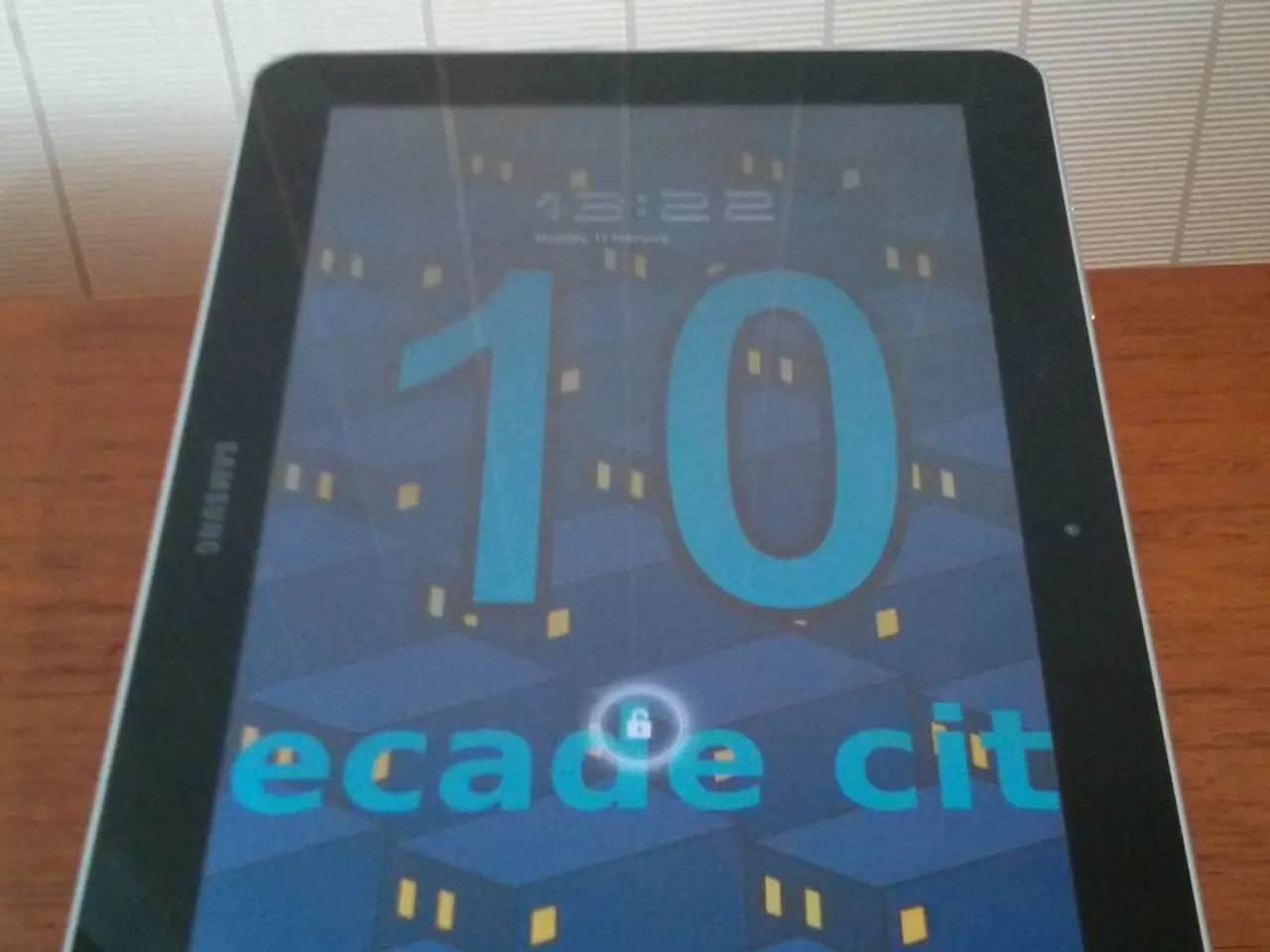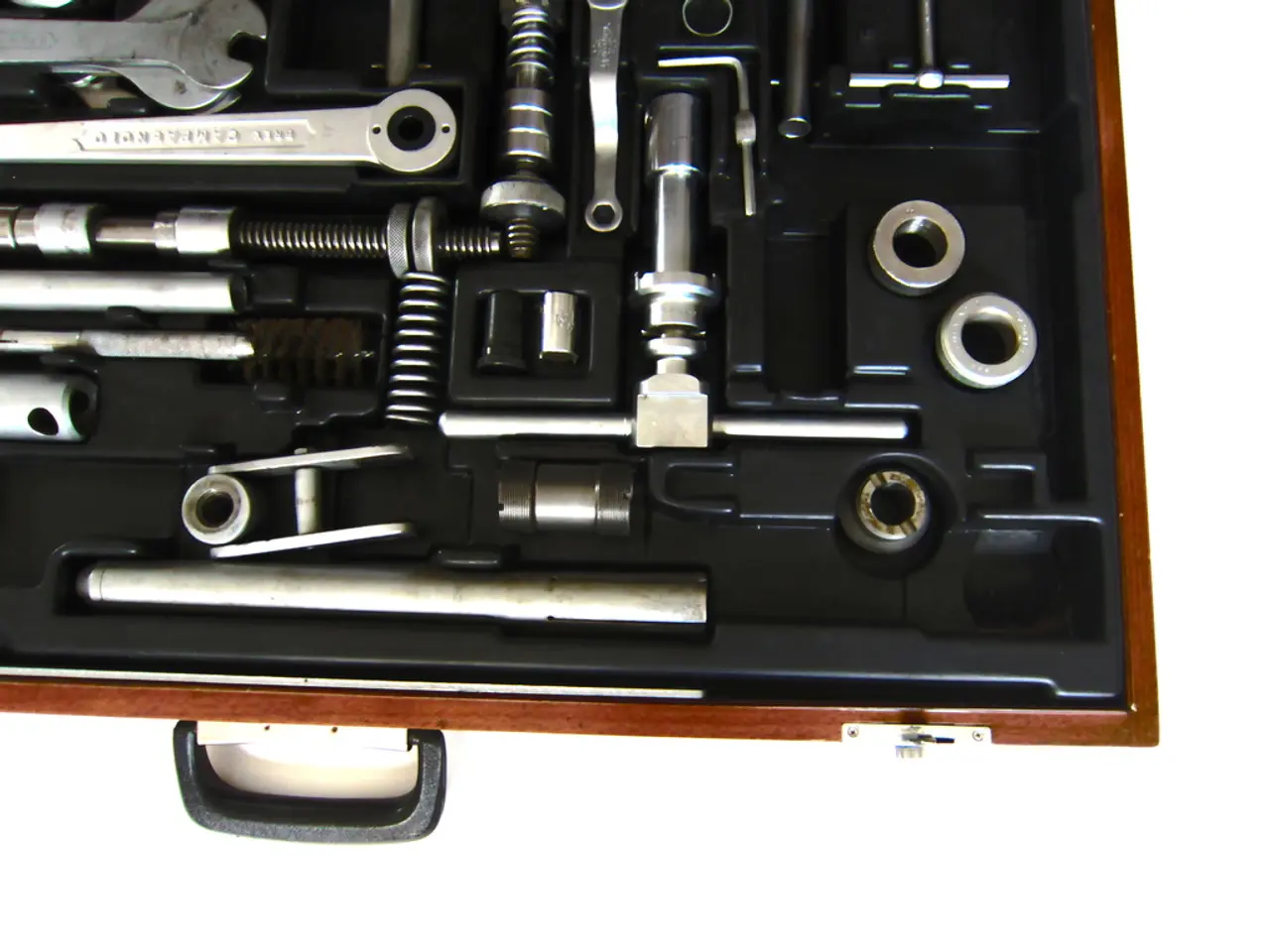Strategies for launching your organizational journey with a planner:
Are you struggling to keep track of your daily tasks, manage your work-life balance, or stay organised? A well-structured planner can be the solution you've been seeking. Here's an expert-backed approach to setting up and using a planner for maximum personal productivity.
**1. Set Clear, Achievable Goals**
Begin by defining your goals in your planner using the SMART criteria—Specific, Measurable, Achievable, Relevant, and Time-Bound. For example, instead of vague aims like "be healthier," plan “walk for 30 minutes after dinner daily.” Break larger goals into manageable tasks to avoid overwhelm and track progress easily.
**2. Prioritize Tasks Strategically**
Not all tasks are equal. Use your planner to highlight urgent and important tasks so you focus on what truly matters each day. This prioritization ensures you tackle VIP tasks first, boosting productivity and a sense of accomplishment.
**3. Use Time Blocking for Optimal Scheduling**
Divide your day into dedicated time blocks for different activities—work tasks, meetings, breaks, and relaxation. Identify your peak productivity periods and reserve those for your most demanding work. Being realistic about how long tasks take helps prevent burnout and creates sustainable schedules.
**4. Keep Your Planner Visible and Updated Regularly**
Display your planner prominently as a visual reminder and refer to it frequently. Make adjustments as new tasks emerge or priorities shift to stay flexible and on track. Regularly reviewing your planner allows reflection on accomplishments and areas needing improvement.
**5. Consider Leveraging Technology and AI**
AI-powered planners can analyse your routines, help you organise tasks by importance, integrate with calendars, and adapt over time based on your feedback. This enhances automation, reduces time spent on planning, and improves the reliability of your schedule.
---
**Summary Table: Effective Planner Setup and Use**
| Step | Key Actions | Benefit | |--------------------------|---------------------------------------------------|---------------------------------| | Goal Setting | Define SMART goals, break into smaller tasks | Clarity and motivation | | Prioritization | Highlight urgent/important tasks | Focus and accomplishment | | Time Blocking | Allocate chunks for tasks based on peak times | Efficient use of time | | Visibility & Updates | Keep planner visible, adjust regularly | Flexibility and accountability | | Use AI Tools (optional) | Automate planning, sync calendars, prioritize tasks | Increased efficiency and customization |
Remember, focusing on consistency over perfection is important when starting a new planner. A simple pen and your planner are enough to get started, and you don't need fancy pens, stickers, or washi tape to make it functional. As you grow more comfortable, you can add more elements to your planner like habit trackers, meal plans, or reflection pages.
Defining your purpose for the planner helps guide its setup and use, focusing on what's most important. If a layout isn't working, try something new. Flexibility is key, and experimentation allows you to discover what methods work best for your lifestyle.
Start small, perhaps with a weekly overview and a daily to-do list, to build the habit and prevent feeling overwhelmed. Developing a style that fits your personality is optional and can come over time, but practicality should be the focus when starting a new planner.
By following these steps, you'll build a tool that keeps you organized and inspires you to achieve your goals.
- To improve your personal growth and productivity, consider implementing education-and-self-development strategies alongside your planner usage. For example, you can designate specific time blocks for reading personal development books or attending online courses within your home-and-garden environment.
- As a part of your lifestyle, regularly evaluate your planner setup and routine to ensure it caters to your ongoing needs. If you notice that your current planner is hindering your work-life balance or personal growth, research alternative lifestyle planner options that might better suit your requirements.




